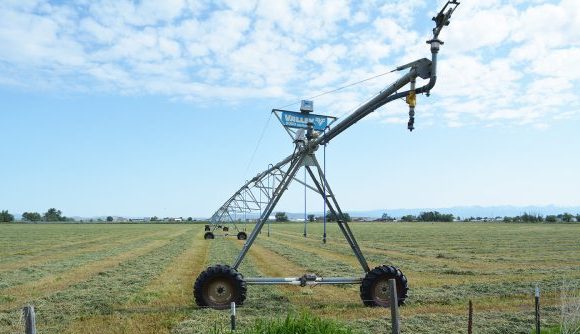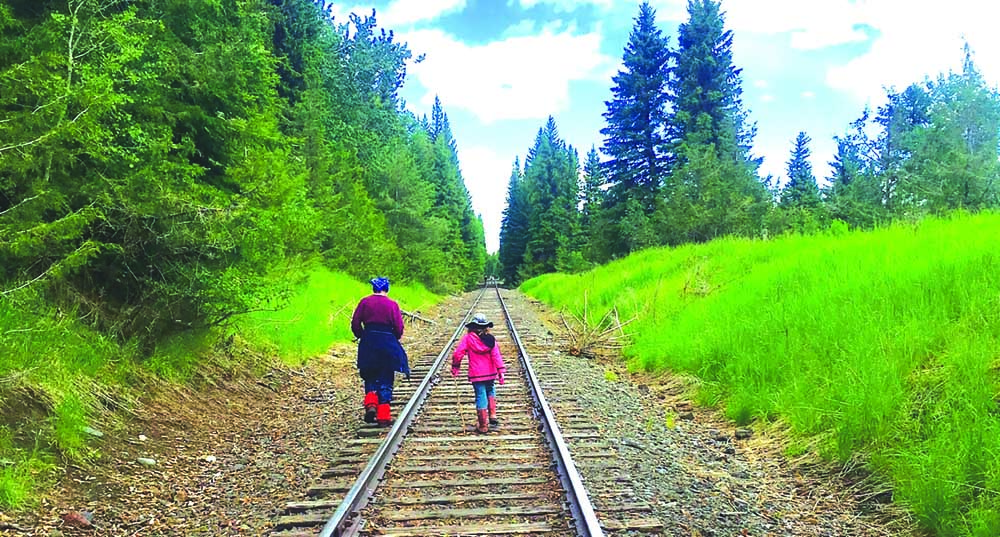Mining plan study released
Published 1:42 pm Wednesday, June 22, 2022
The Wallowa-Whitman National Forest is proposing to approve 22 mining operation plans along Powder River tributaries southwest of Baker City and near Sumpter.
The Wallowa-Whitman last week released a draft environmental impact statement (EIS) that’s been in the works for about four years.
Some of the miners, however, have been waiting even longer for their plans to be approved.
The 224-page draft EIS analyzes the potential environmental effects from the proposed mining operations on the national forest.
Locations near Sumpter include claims along Cracker, McCully, Deer and Lake creeks, and Buck Gulch.
Several of the claims are southwest of Baker City, including ones along Blue Canyon, French Gulch and California Gulch. There is one proposed mining operation along Salmon Creek west of Baker City.
The proposed work includes placer mining, suction dredging and, in four places, underground (lode) mining.
“I’m very, very pleased that it is finally out,” Jan Alexander of Unity, mineral policies director for the Eastern Oregon Mining Association, said of the draft EIS. “It’s been a long haul. I’m very glad for the miners. They waited an awfully long time for this.”
The initial project started around 2005 or 2006, said Ray Lovisone, minerals coordinator for the Wallowa-Whitman.
At some point, he said, a previous forest official stopped work on the analysis of the proposed mining plans. Lovisone said the work restarted soon after he started work on the Wallowa-Whitman in 2017, in response to repeated requests from miners.
He said a staffing shortage on the forest forced officials to hire a contractor to do much of the work on the draft EIS, which is part of the reason the process has taken four years.
Alexander said many of the miners whose operating plans are included in the draft EIS are members of the Eastern Oregon Mining Association, based in Baker City.
Although claim holders can do minor exploration on their claims without an approved plan of operation, they need such a plan to use equipment to process ore, even at a small scale, Alexander said.
That means the release of the draft EIS, with the potential for final approval of the 22 operating plans, is significant, she said.
Alexander, a former Wallowa-Whitman employee who retired in 2001, said all 22 of the proposed mining operations are relatively small scale projects, generally involving a few miners who work their claims during the spring and summer, often only on weekends.
She said that in most cases the mining proposed would take place on less than one acre each year.
“The amount of ground disturbance we will see is pretty insignificant,” Alexander said.
None of the mining plans involve the use of chemicals to process ore, she said.
The claims are unpatented, meaning the land remains publicly owned, with the claim holder having the exclusive right to prospecting and mining for minerals or precious metals.
One exception is the Bald Mountain lode mine northwest of Sumpter, which is a patented claim, meaning it was converted to private land decades ago.
The Bald Mountain plan of operation is included in the draft EIS because the owner plans to use ponds that are on adjacent public land as part of the mining.
The draft EIS includes a 45-day public comment period, as required by the National Environmental Policy Act.
That federal law, which dates to 1969, requires agencies to study the potential environmental effects of projects on public land, such as mining or logging, and to give the public a chance to comment about such proposals.
The draft EIS and associated documents, as well as instructions on commenting, are available at www.fs.usda.gov/project/?project=45945.
“We look forward to receiving public comments and expect they will help us to enhance the draft environmental impact statement,” said Kendall Cikanek, ranger for the Whitman District. “After we finalize the environmental impact statement and publish the Record of Decision, those who submitted substantive public comments will have another opportunity to engage during the objection and resolution process.”
Alexander said she doesn’t expect any mining will take place until 2023 at the earliest, since the final EIS and Record of Decision are still pending.
Alexander said the claims involved in the draft EIS have all been mined in the past, some dating back more than a century.
Today’s miners are either picking through the remnants left by historic miners, or looking for deposits on parts of claims that weren’t mined before, she said.
“We don’t have those rich deposits just lying there,” Alexander said.
A list of the mining plans covered in a draft environmental impact statement released last week by the Wallowa-Whitman National Forest:
• AC, placer, 11 acres, Cracker Creek
• Amigo Mines, placer, 4 acres, Elk Creek
• Anchor 1/Old Crow/Peerless, placer, 20 acres, Elk Creek
• Bald Mountain Mine, lode and ponds, 1 acre, McCully Creek
• Barbara 1, lode, 2 acres, Lake Creek
• Blue Jay, placer, 2 acres, Cracker Creek
• Buster 1, placer, 10 acres, Blue Canyon
• Buster 3, placer, 2 acres, Blue Canyon
• California Gulch, 5 acres, processing with hand tools, possible suction dredging
• David No. 1, placer, 3.5 acres, Cracker Creek
• Dead Horse, placer, 9 acres, Buck Gulch
• Fine Gold, 3 acres, processing in existing pond, Cracker Creek
• High Bar No. 1, placer, 22 acres, possible suction dredging, Cracker Creek
• J&J, placer, 1 acres, Blue Canyon
• Medic, placers, 5 acres, McCully Creek
• Native Spirit, placer, 3 acres, McCully Creek
• Pardners Group, placer/lode, 2 acres, Poker Gulch
• Return Placer Group, placer, 44 acres, Deer Creek
• Salmon Creek, placer, 1 acre
• Slow Poke, placer, 15 acres, Buck Gulch
• Struggler Lode and French Gulch, placer/lode, 12.5 acres, French Gulch
• Tough Luck Charley, placer, 11 acres, Bridge Creek west of Auburn









